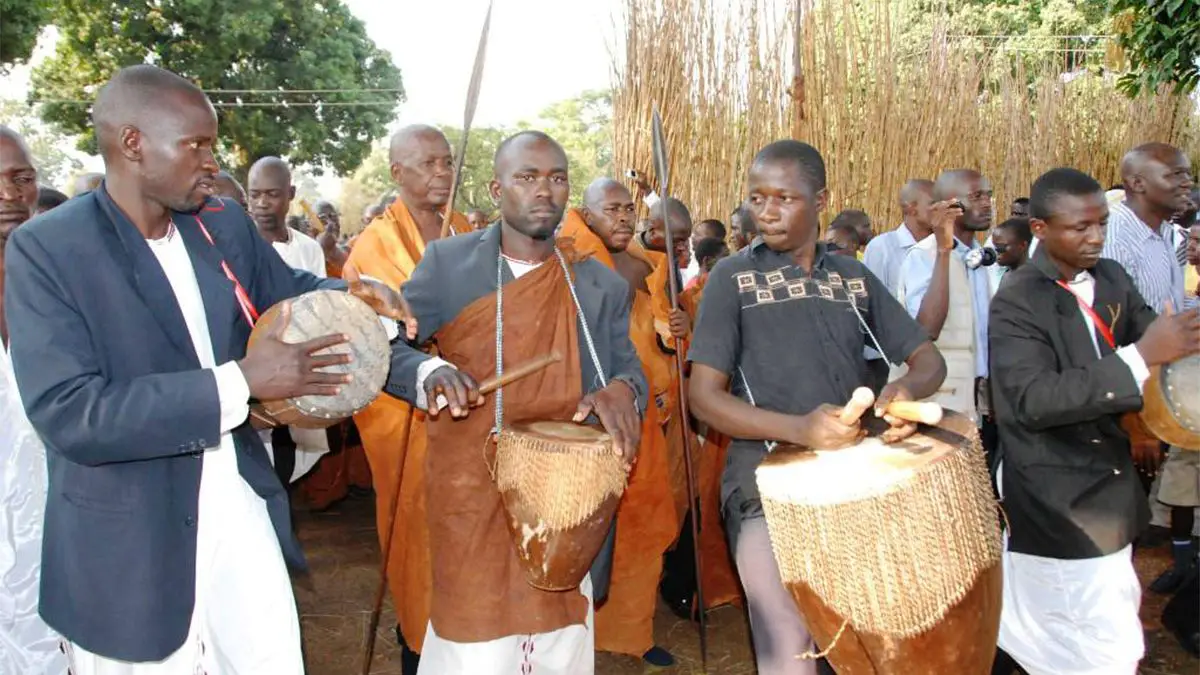If you found a serpent in your house, it is only natural that the first thing to click in your mind would be devising ways to get rid of it in an instant.
But one community in ancient Uganda, the Bunyoro people have an interesting culture which is both stunning and gut-wrenching. If a python, imagine how huge and menacing it looks, entered a Bunyoro tribesman house, it was a taboo to remove it.
In Bunyoro land, a snake was sacred. It was a sign of spirituality in your home, therefore, you were not allowed to kill or take it out under any circumstances. This community loved pythons and nicknamed then “Nyinabarongo”.
A special priest within the community was the only person who had the cultural powers to deal with the serpent, forgive me if this comes out as killing it because it is far from the truth. His presence was called upon to the homestead only if the reptile posed some form of danger to the family.
Once captured, the priests who would at times include priestesses within the community later take care of the serpents by feeding them with milk and fowls. They considered them a medium of spirits. Interestingly, ancient rulers on Bunyoro land; Abagole Queens and Musaza priest worshipped the snakes on the belief that they wielded some form of spiritual powers.
Each queen in a specific part of the Bunyoro community had a special name and worshipped a python.
At Kisengwe, there was Nyinamwiru, the priestess of the python goddess while Nyangoma was the priestess of the python goddess of Buruuli at Kafu River. The last priestess of the python goddess was Nyakahuma, the python priestess of Mubende who had magical powers of turning herself into a white snake during the full moon.
With their influence, these queens ruled over large communities whose main economic activity was farming. In times of war, the queens and Kings within the land would come out in full armour and fought to the last drop to protect their people from insurgents. They trained their kinsmen on how to fight and also used the snakes on the battlefield as part of the soldiers.
These queens were also warriors who protected their communities and taught others how to fight. They also wore snakeskin as armour into battle.
Also read:








